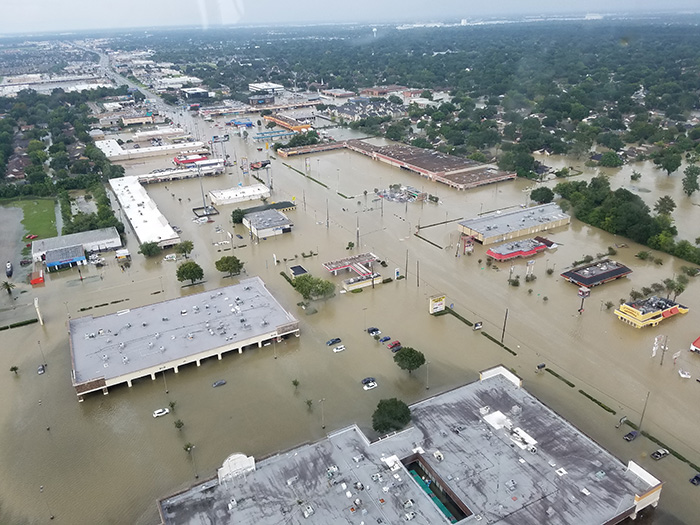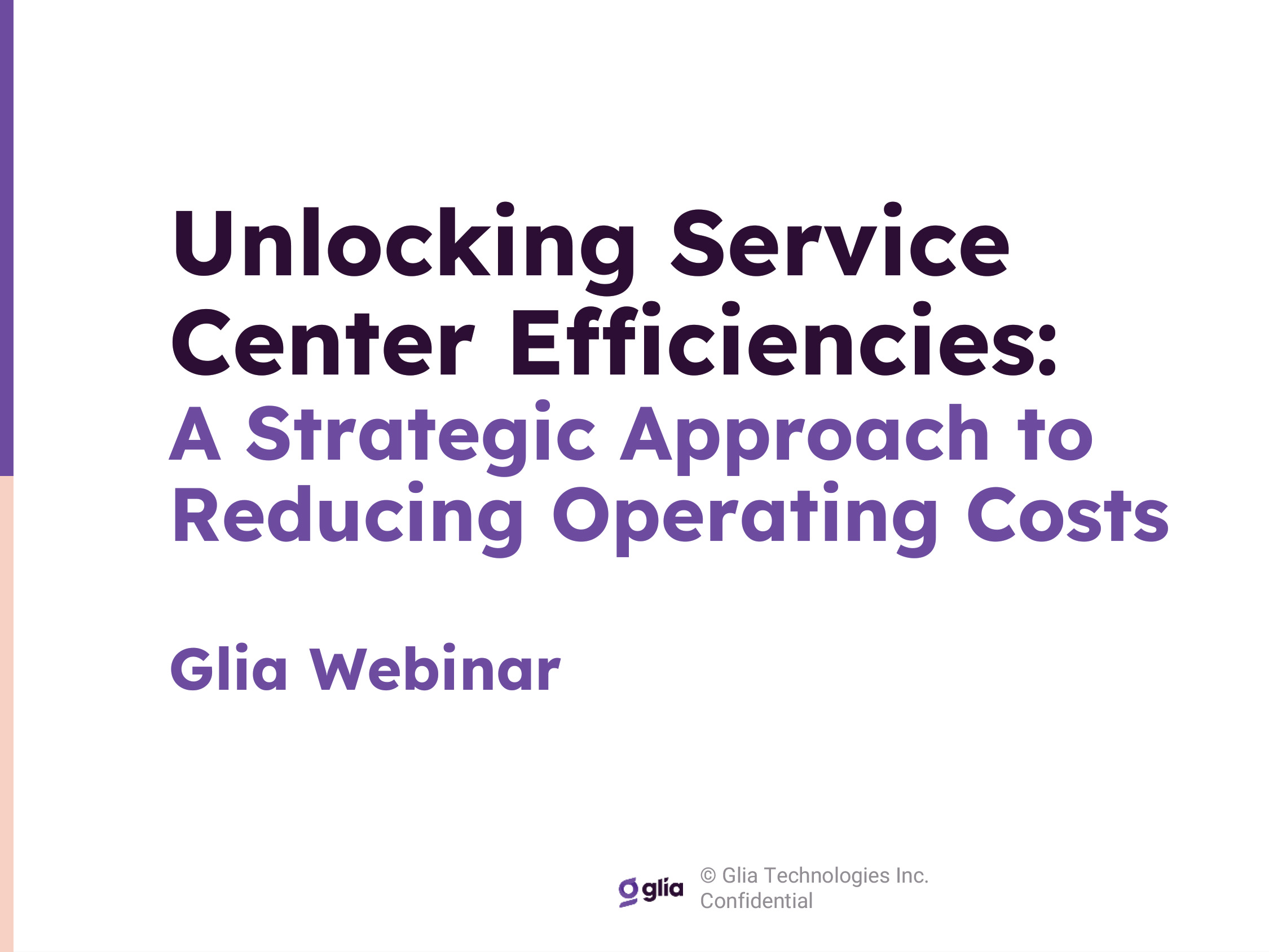Sponsored: AXA XL
Why Working with a Risk Consultant on Your Biggest Property Exposures Is a No Brainer

When it comes to managing property risk, the conversation doesn’t get too far before natural catastrophes come into play.
Hurricanes, wildfires, ice storms — the continental U.S. has had its fair share of Nat CATS, and these incidents are growing in both size and scale. In the last two years, there were a total of 51 named hurricanes. Losses for 2021 are estimated to cost over $67 billion, making it among the most expensive hurricane seasons yet, according to the National Oceanic and Atmospheric Administration.
“The perils have always been there. Hurricanes have always been there. Floods have always been there,” said Scott Ewing, regional manager of Risk Consulting for the Americas at AXA XL. “But the intensity, the loss amounts, the number of events — they’ve all been on a much larger scale.”
It’s changed the risk landscape for clients, he added, in that, as a risk consultant, he’s seen more portfolio impact versus individual risks.
“It’s proven a significant influence in how we provide our services and in how we develop our risk consulting tools.”
Risk consulting for property risk has become a necessary tool in the risk manager’s arsenal. But what exactly will they gain? Here’s a deeper look at what risk consulting can do to protect against today’s biggest property threats, as well as what to look for in a risk consulting partner.
What a Risk Consultant Can Do for Your Business

Scott Ewing, Regional Manager of Risk Consulting for the Americas, AXA XL
A risk consultant can wear many hats, from creating a custom risk management plan for their partners to seeing that plan come into fruition to executing new risk mitigation solutions.
“Our high-level focus is trying to bring innovative solutions to clients and trying to make a difference for them,” Ewing explained. “A risk consultant is there to first help clients understand and then address their exposures.”
The risk consultant sits at the crossroads of client and data — a great role, indeed, where they can collect various data points from different partners and use what they learn to drive solutions. Collected data gives the risk consultants an overview of potential risk areas, how certain exposures impact a business, what mitigation tools have worked in the past and more.
From that overview, the risk consultant is poised to make recommendations and to create new solutions for their clients.
“It’s all about how we gather the data, how we synthesize that into a usable format, and then how we present it to our clients so that they can make good business decisions,” Ewing said.
“No matter what line of business it is — property, marine or whatever it may be — we, as the consultant, can take that information and make it usable.”
Severe Weather and the Risk Consultant’s Ingenuity
When it comes to looking at severe weather risk, a risk consultant team can be a great asset to have. They are the ones who are looking at the data every day, running through scenarios and reviewing best practices.
From that rigorous review, the risk consultants not only have an idea of possible loss areas, but they also have the information needed to start putting new innovations into play.
“We’re always looking to build tools and the capabilities around understanding property risks, like natural catastrophes,” said Ewing.
One such innovation is an internal tool, currently in development, designed to assess potential damage caused by Nat CAT events. For example, looking just at flood risk, the tool can give the risk consultants an estimated depth of flooding. They will take that information, along with data collected on occupancy and a building’s construction, in an effort to categorize the partner’s risk exposure.
“We’ll look for items like if water will recede or if it will rage through, because the level of damage can be significantly different based on the velocity of the water. Then we’ll look at in the occupancy of the building, take notes as to whether or not the building, machinery and stock would withstand water damage — like steel — or if it’s a perishable — like food,” Ewing noted of the process.
“We help clients understand the scope and scale of their exposure, then they can start making business decisions on how they address that exposure.”
Another innovation the AXA XL team has been working on is its Remote Risk Dialogue, or RRD. Because the pandemic required businesses to operate remotely, RRD was brought to the fore.
“It replaces physical site visits but still allows us to keep loss prevention top of mind,” said Ewing. “It’s a very formalized, structured conversation conducted over a virtual meeting, in which we walk through with the client any changes, any hazards that may have been introduced.”
Risk Scanning is another tool Ewing and his team utilize to help clients. A questionnaire at its core, Risk Scanning was developed by the AXA XL team to glean important information about a client’s portfolio of properties in a quick, easy and cost-effective format.
“A typical property risk assessment of a client’s properties might have only included the business’ larger sites. Now, we can gather any number of different focus sets of data from across the client’s entire property portfolio. And then we pull them back into the system and we use the system to categorize and analyze and do some data analytics to show us trends,” said Ewing. “It gives us all a clearer picture of potential exposures across the property portfolio.” Risk Scanning has also proven to be a very effective way to assess supply chain exposures.
Risk consultants use the analytical piece on the backend to provide clients with recommendations and insight into best practices to protect against any number of exposures, including Nat CAT.
Finding a Risk Consultant Partner with the Right Approach
When starting with a consulting group, it’s important to know what the risk approach will look like. How does the consultant and their work integrate within the business?
“It starts from selecting what we’re going to do or talking with our clients about what they’re going to engage us to do, what sites they would like us to go survey,” said Ewing. “We may have some input to that, whether that be driven by a specific underwriting need or just our understanding of the risks.”
Simple enough. But what makes a risk consultant stand out most is in how they approach the consulting. The team at AXA XL prides itself on being collaborative and transparent with clients — two qualities that go the extra mile when working with a partner.
“We’re very flexible in how we scope out the work we are going to do to make sure we meet the client’s needs,” said Ewing. They do this by utilizing tried-and-true strategies, including using a risk quality index for on-site surveys or engaging in Remote Risk Dialogue to understand what’s being asked.
Either way, the goal is always to find a workable solution for the partner that both mitigates its big risks and fits the client’s budget and timeline.
What’s key to the AXA XL strategy is that “we don’t hold anything back. There are no secret squirrel reports or internal reports that we generate. Everything we do and everything we collect, we provide to our clients,” Ewing added. “It’s about impacting their business, making sure they clearly understand their risks and their exposures. And then they have an opportunity to work with us, to find a viable solution to reduce their exposures.”
To learn more, visit: https://axaxl.com/insurance/risk-consulting.
This article was produced by the R&I Brand Studio, a unit of the advertising department of Risk & Insurance, in collaboration with AXA XL. The editorial staff of Risk & Insurance had no role in its preparation.










